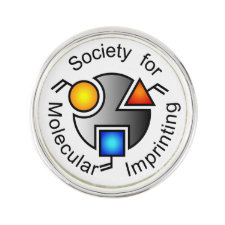
Authors: Halvorson B, Whelton A, Vikesland P
Publication date: 2010
Article title: Transitioning molecular imprinted polymers and SERS to the water industry: Practical significance and progress.
Page numbers: 108-111
ISBN: 978-161782340-4
Conference information: Proceedings: Water Quality Technology Conference and Exposition 2010
Abstract: Molecularly imprinted polymers (MIPs) that can selectively extract and concentrate aqueous contaminants are being developed for quantifying trace levels of microcystins, pesticides, odorous compounds, pharmaceuticals, and mycotoxins. MIP technology is particularly powerful because even nanogram or picogram amounts of an analyte can be extracted from structurally similar compounds and subsequently desorbed for quantitation by other methods. We have explored coupling MIPs with Raman spectroscopy and surface enhanced Raman spectroscopy (SERS) for detection of atrazine, microcystin-LR, and 2-methylisoborneol. SERS has been employed infrequently in the drinking water field, but recently asserted itself as a viable method for chemical quantification in biological cells, blood plasma, or groundwater at levels as low as femtomolar. Results of our work demonstrate that MIPs can be transformed into self-supported filters to facilitate contaminant concentration, and Raman spectroscopy can confirm the presence of targeted analytes within a MIP. Insight into the current progress, possible impact, and potential use of MIPs and SERS by the water industry for contaminant monitoring is provided. Successful coupling of MIPs for drinking water contaminants and SERS analyses would be a practical and significant achievement in regards to water quality monitoring of trace contaminants. 2010 -® American Water Works Association WQTC Conference Proceedings All Rights Reserved
Template and target information: Review - MIPs for water



Join the Society for Molecular Imprinting

New items RSS feed
Sign-up for e-mail updates:
Choose between receiving an occasional newsletter or more frequent e-mail alerts.
Click here to go to the sign-up page.
Is your name elemental or peptidic? Enter your name and find out by clicking either of the buttons below!
Other products you may like:
 MIPdatabase
MIPdatabase









